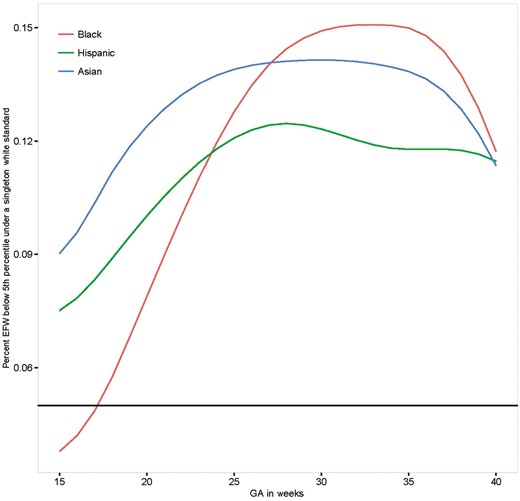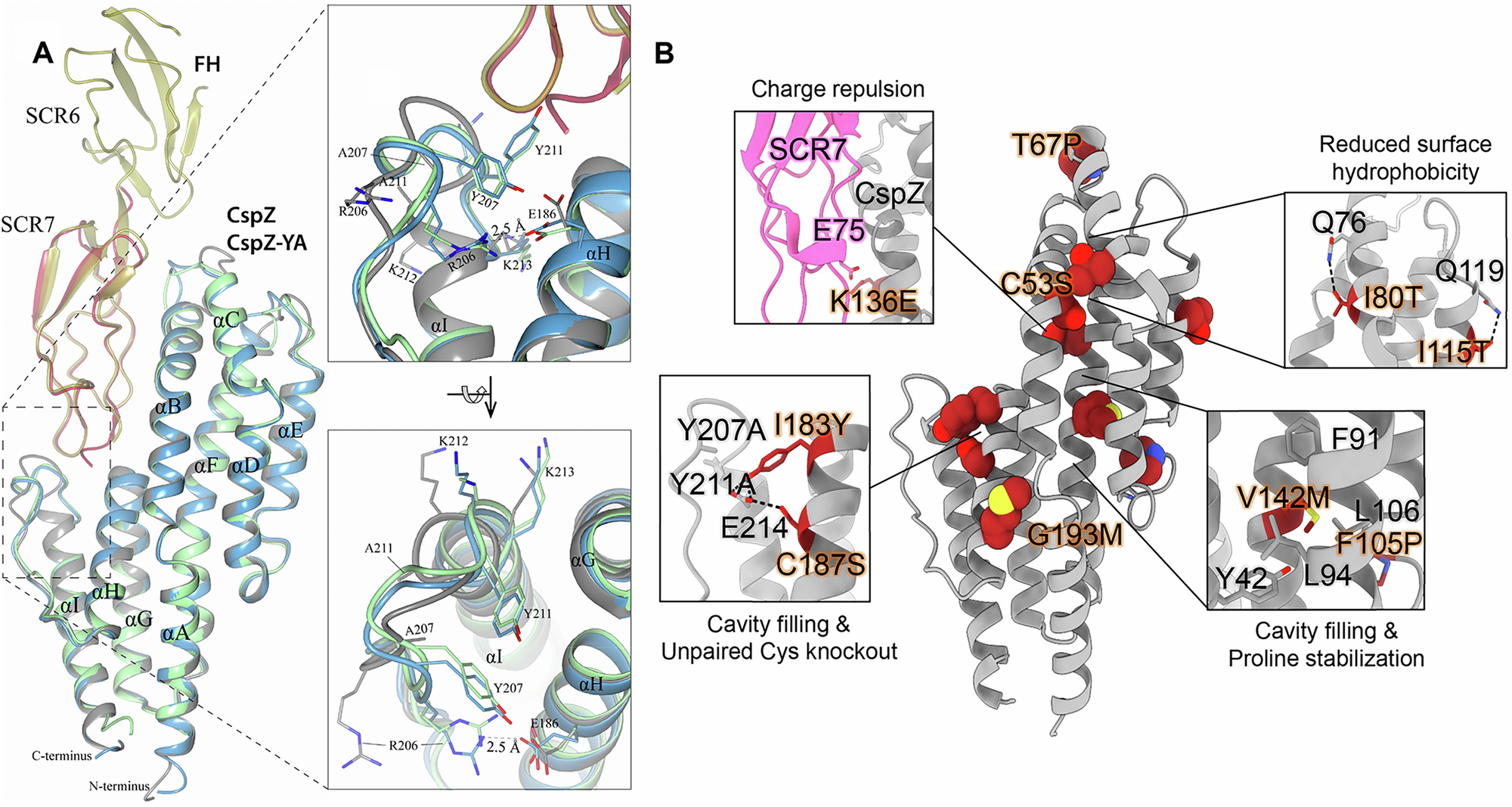2025-04-07 アメリカ国立衛生研究所 (NIH)
<関連情報>
- https://www.nih.gov/news-events/news-releases/twins-grow-more-slowly-early-pregnancy-previously-thought
- https://jamanetwork.com/journals/jamapediatrics/article-abstract/2832263
- https://academic.oup.com/ije/article/47/1/25/4108113?login=false
双胎と単胎の胎児体組成 Fetal Body Composition in Twins and Singletons
Jessica L. Gleason, PhD; Wesley Lee, MD; Zhen Chen, PhD; et al
JAMA Pediatrics Published:April 7, 2025
DOI:10.1001/jamapediatrics.2025.0116
Key Points
Question How does fetal fat and lean tissue growth differ between twins and singletons?
Findings In this cohort study, twins had 0.11- to 7.55-cm3 smaller fractional thigh volumes, manifest as 2.7% to 4.2% less thigh fat tissue across pregnancy (15-37 weeks’ gestation), compared with singletons. Abdominal area was 48.6 to 480.5 mm2 smaller in twins compared with singletons between 25 and 37 weeks’ gestation.
Meaning Less lean and fat tissue accumulation at 15 weeks’ gestation in twins, before competition for in utero resources would be expected, may suggest twin smallness as an early adaptive mechanism.
Abstract
Importance An emerging paradigm attributes third-trimester fetal growth deceleration in uncomplicated twin pregnancies to an evolutionary adaptive process. Evaluating longitudinal fetal soft-tissue development may provide important insights into differential fetal growth trajectories between twins and singletons.
Objective To compare twin vs singleton lean and fat tissue growth across pregnancy.
Design, Setting, and Participants Prospective cohort study of dichorionic twins and singletons with serial ultrasound scans to chart fetal growth (2009-2013) and collect fetal volume data to measure fat and lean tissue (2015-2019) in 12 US clinical centers. Participants were individuals with singleton (n = 2802 enrolled) and twin (n = 171 pairs enrolled) pregnancies who generally had no chronic disease. Data analysis was performed from September 2023 to June 2024.
Exposure Twin status.
Main Outcomes and Measures Abdominal area, maximum abdominal subcutaneous tissue thickness, fractional thigh volume, fractional lean thigh volume, fractional fat thigh volume, midthigh area (including lean and fat components), ratio of fractional fat thigh volume to fractional thigh volume, and ratio of midthigh fat area to midthigh area, measured up to 6 times between 15 and 37 weeks’ gestation.
Results Analyses included 315 twin and 2604 singleton fetuses. The mean (SD) maternal age at delivery was 31.3 (6.1) years for twins and 28.2 (5.5) years for singletons, with a mean (SD) gestational age at delivery of 35.2 (4.2) weeks for twins and 39.2 (1.7) weeks for singletons. Mean twin abdominal measurements were significantly smaller than those of singletons between 25 and 37 weeks’ gestation for area (difference at 25 weeks, -48.6 [95% CI, -102.2 to -5.1] mm2; difference at 37 weeks, -480.5 [95% CI, -677.2 to -283.5] mm2) and between 27 and 37 weeks for maximum abdominal subcutaneous tissue thickness (difference at 27 weeks, -0.13 [95% CI, -0.24 to -0.02] mm; difference at 37 weeks, -0.40 [95% CI, -0.68 to -0.13] mm). Beginning at 15 weeks, fractional thigh volumes were significantly smaller for twins (mean fractional thigh volume difference, -0.11 [95% CI, -0.16 to -0.07] cm3; mean fractional fat thigh volume difference, -0.08 [95% CI,-0.12 to -0.05] cm3) relative to singletons, persisting through 37 weeks (mean fractional thigh volume difference, -7.55 [95% CI, -11.76 to -3.34] cm3; mean fractional fat thigh volume difference, -5.60 [95% CI, -8.37 to -2.82] cm3). Mean fractional lean thigh volume was significantly smaller for twins at 15 to 16 and 23 to 36 weeks. For the ratio of fractional fat thigh volume to fractional thigh volume, twins had a 2.7% to 4.2% smaller fat percentage between 15 and 37 weeks compared with singletons.
Conclusions and Relevance Twins had proportionally less fat tissue accumulation in utero compared with singletons as early as 15 weeks’ gestation, when competition for nutritional resources was low. Persistent findings of smaller twin sizes and less fat accumulation across pregnancy support the concept of an early evolutionary adaptive process in otherwise uncomplicated dichorionic twin growth.
コホートプロフィール:NICHD胎児発育研究-単胎および双胎 Cohort Profile: NICHD Fetal Growth Studies–Singletons and Twins
Jagteshwar Grewal, Katherine L Grantz, Cuilin Zhang, Anthony Sciscione, Deborah A Wing, William A Grobman, Roger B Newman, Ronald Wapner, Mary E D’Alton, Daniel Skupski …
International Journal of Epidemiology Published:08 September 2017
DOI:https://doi.org/10.1093/ije/dyx161

NICHD Fetal Growth Studies–Singletons and Twins–in a nutshell
- The primary aims of the NICHD Fetal Growth Studies–Singletons and Twins were: in singletons, to establish a standard for normal fetal growth; and in dichorionic twins, to describe empirically their growth trajectory compared with singleton trajectories, based on the standard.
- Recruitment occurred between 8 and 13 weeks’ gestation at 12 clinical sites (eight for twins) with enrolment of: 2334 low-risk women with singleton pregnancies stratified by four self-identified racial/ethnic groups (Caucasian, African American, Hispanic, Asian); 468 obese women; and 171 women with dichorionic twins.
- Singleton pregnancies had five follow-up visits; twin pregnancies had an additional follow-up visit.
- Using a standard protocol and after intensive sonographer training and credentialling, serial ultrasounds for fetal biometry were performed. Maternal anthropometric measurements, including fundal height, were taken serially, and neonatal measurements were taken soon after birth. Women completed demographic, reproductive and pregnancy history questionnaires at enrolment, and dietary intake, changes in health status, health behaviour, depression and stress questionnaires serially at each study visit. Longitudinal blood specimens were collected in all women, as well as placenta and cord blood in a subset of singletons and all twins.
- Data will be made Accessible in documented repositories and electronic archives after completion of the studies’ analytical phases.


